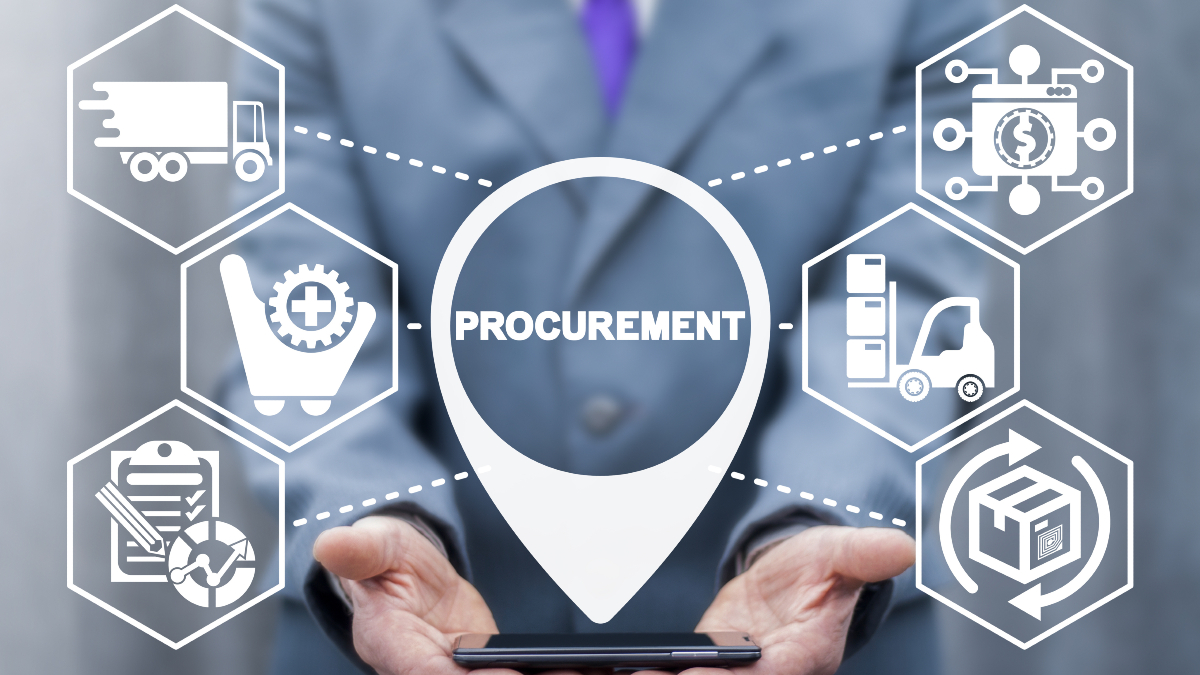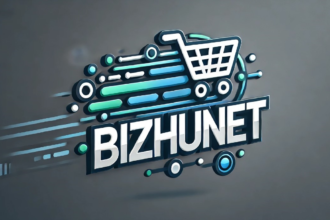Strategic sourcing has developed from a straightforward purchasing function into a crucial business process that offers substantial competitive benefits in today’s cutthroat economic environment. Businesses with strong sourcing practices routinely beat their competitors in terms of supply chain resilience, supplier relationships, and cost effectiveness. The procurement sourcing software, specialized digital tools created to revolutionize how businesses find, assess, and interact with suppliers, is at the center of this change. Even if there are many options available in the market, very successful procurement sourcing systems have a few core features that provide remarkable results. In order to assist decision-makers in determining which components provide the most strategic value for their sourcing transformation projects, this paper examines eight key characteristics that set good procurement sourcing software apart.
1. Comprehensive Supplier Discovery Networks
Supplier finding features in contemporary procurement sourcing software should be strong and go much beyond those of conventional databases. These platforms use sophisticated matching algorithms and vast marketplace networks to introduce businesses to previously undiscovered supplier possibilities. Sophisticated technologies evaluate your sourcing needs and recommend eligible vendors based on risk profiles, performance histories, and capabilities. To build thorough supplier profiles, the top systems combine unstructured information from public sources with organized supplier data. Organizations are forced to abandon long-standing sourcing practices by this increased supplier discovery, which brings new competition that spurs innovation and cost benefits. These discovery networks save procurement AI software teams many hours of investigation while revealing beneficial new supplier partnerships, whether they are looking to expand their supplier base or get access to specific expertise.
2. Intelligent RFx Management Workflows
Effective sourcing is built on the request process, whether it is for quotes, proposals, or information. This historically laborious procedure is transformed by superior procurement sourcing software and clever RFx management features. These systems offer editable templates that adhere to organizational norms while accommodating various source situations. Buyers are prompted to incorporate important questions, requirements, and assessment criteria based on category-specific best practices via advanced platforms’ assisted workflows. The final RFx papers are consistent and contain all the data required for insightful supplier comparisons. Distribution features track supplier access, securely handle complicated multi-part documents, and address requests for clarification through organized channels. This efficient method greatly improves the completeness and quality of supplier replies while drastically cutting down on the amount of time needed to prepare documents.
3. Dynamic Bid Analysis and Evaluation Tools
One of the most difficult analytical jobs in procurement is assessing supplier answers, especially when comparing intricate offerings with several factors. With its multi-dimensional analytic capabilities, elite procurement sourcing software provides advanced assessment tools that revolutionize this procedure. In spite of differences in the way information is presented, these systems automatically standardize bid data among vendors, guaranteeing fair comparisons. Through user-friendly displays that instantly reveal patterns, visual dashboards draw attention to cost drivers, value differentiators, and compliance challenges. Before interacting with suppliers, procurement teams may test negotiating tactics, examine other requirements, and modify weightings thanks to scenario modeling tools. The research that results offers previously unheard-of insight into supplier offerings, facilitating data-driven choices that strike a balance between cost, quality, service, and risk concerns.
4. Collaborative Decision Support Systems
Procurement is seldom enough to make effective sourcing selections; other stakeholders with varying needs and viewpoints must contribute. Collaborative workspaces are a feature of superior sourcing systems that allow cross-functional teams to evaluate supplier bids, exchange ideas, and make sourcing choices. Technical specialists, financial analysts, and business users can assess components of supplier offers that are pertinent to their areas of expertise thanks to these systems’ role-based access. Structured scoring systems reveal areas of agreement and conflicting judgments by reliably capturing ratings from various assessors. Discussions can be facilitated by communication technologies without the need for lengthy meetings or email exchanges. Through a variety of viewpoints, this cooperative method not only enhances the quality of decisions but also increases organizational support for chosen providers.
5. Automated Contract Generation and Management
When done by hand, the process of moving from supplier selection to completed agreement frequently results in needless delays and compliance issues. Prominent procurement sourcing software includes automated contract generating features that convert negotiated conditions into uniform contracts with ease. These systems automatically fill up the relevant parts with information gathered throughout the sourcing process, maintaining extensive template libraries for various supplier relationships. Clear insight into pending approvals is provided by approval processes, which forward papers to the necessary signatories. Integration of digital signatures preserves legal validity while doing away with the need for printing and scanning. After the contract is completed, these technologies send important contract data to management systems so that performance, compliance, and renewal milestones may be continuously tracked. While guaranteeing that agreed conditions are appropriately represented in final contracts, this automation significantly speeds up the agreement finalization process.
6. Advanced Spend Analytics and Category Insights
A thorough grasp of organizational expenditure trends and market dynamics unique to a certain category is necessary for strategic sourcing. Prominent systems for procurement sourcing software include advanced analytics engines that convert transactional data into useful insights. These technologies highlight maverick purchases outside of established agreements, automatically categorize spending into relevant categories, and find chances for business unit consolidation. Dashboards that are customized to a given category provide pricing trend analysis, benchmarking against market indices, and key performance metrics. Based on organizational demand trends and supplier market circumstances, predictive analytics recommend the best time for sourcing events. The converted ability to actively manage categories allows procurement teams to dedicate their attention to valuable purchase areas. Data-oriented analytical competencies create the essential base needed to develop procurement sourcing methods for organizations that aim to strengthen strategic procurement relationships.
Conclusion
Sourcing technology is essential to the procurement function’s ongoing evolution from a transactional cost center to a strategic value provider. The key characteristics that set highly efficient procurement AI software apart from simple purchasing tools are represented by the eight qualities listed in this article. Businesses looking to get the most out of their procurement technology investments should compare prospective solutions to five essential features, giving priority to those that best fit their sourcing maturity and strategic goals.
















